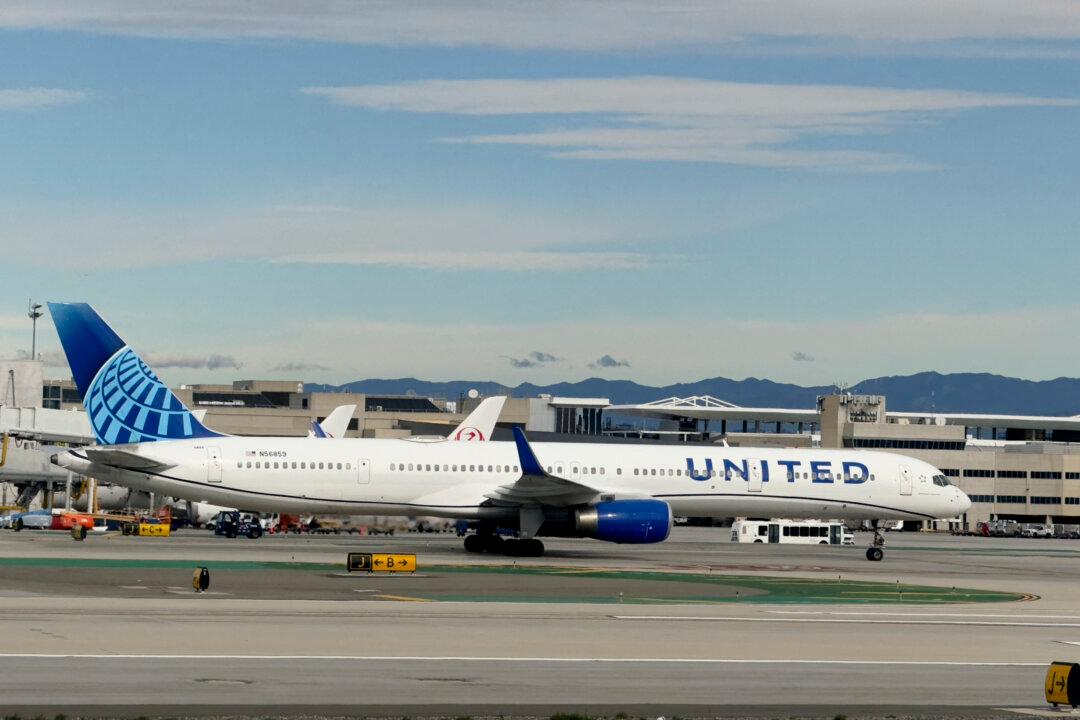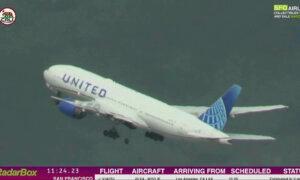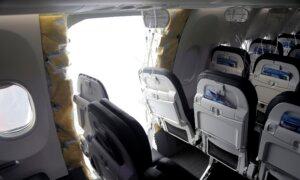Two safety incidents involving United Airlines flights took place this weekend, with both planes forced to land before reaching their destinations to ensure passenger safety.
The A320 model is equipped with three hydraulic systems for “redundancy purposes,” United stated, according to CNN. The hydraulic issue was discovered in only one of these three systems.
United’s safety issues with the two flights are the latest in a series of such safety incidents the airline has faced this month. So far, six safety incidents involving the airlines have been reported. The two recent ones involved an Airbus aircraft, and the other four involved planes manufactured by Boeing.
“We take every safety event seriously and will investigate each of the incidents that occurred this week to understand what happened and learn from them,” United said in a statement, according to CNN.
“Much of this work is conducted together with the manufacturers, the FAA, and the NTSB as well as with the manufacturers of individual components. ... Safety is our top priority, and we’ll continue to do everything we can to keep our customers and employees safe.”
Boeing Accidents
The Boeing accidents involved multiple aircraft models. On March 8, United Airlines Flight 2477 rolled onto the grass after landing at the George Bush Intercontinental Airport in Houston. The Boeing 737 plane was exiting onto the taxiway when the incident occurred.On March 7, United Airlines Flight 35 experienced a landing gear issue. As a result, the Boeing 777-200 aircraft, headed to the Osaka International Airport in Japan, was forced to land at the Los Angeles International Airport.
Two safety incidents involving United flights occurred on March 4. A Boeing 737-900 aircraft turned back to the George H. Bush Intercontinental Houston Airport after the crew reported an engine issue. In the second incident, the crew of a Boeing 737 reported a gear issue on the plane. However, the aircraft landed safely in Chicago without facing any major problems.
The U.S. Federal Aviation Administration (FAA) stated that it will be investigating these six safety incidents.
A door plug on the aircraft’s fuselage tore off while the plane was flying at 16,000 feet, causing rapid cabin depressurization. As a result, some passengers were injured. As a result of the incident, the FAA grounded 171 Boeing 737 Max 9 planes.
The audit found “multiple instances where the companies allegedly failed to comply with manufacturing quality control requirements.”
“The FAA identified non-compliance issues in Boeing’s manufacturing process control, parts handling and storage, and product control,” the FAA stated.
“To hold Boeing accountable for its production quality issues, the FAA has halted production expansion of the Boeing 737 MAX, is exploring the use of a third party to conduct independent reviews of quality systems, and will continue its increased onsite presence at Boeing’s facility in Renton, Washington, and Spirit AeroSystems’ facility in Wichita, Kansas.”
In late February, FAA Administrator Mike Whitaker asked Boeing to provide the agency with a comprehensive action plan within 90 days to address systemic quality-control issues.







